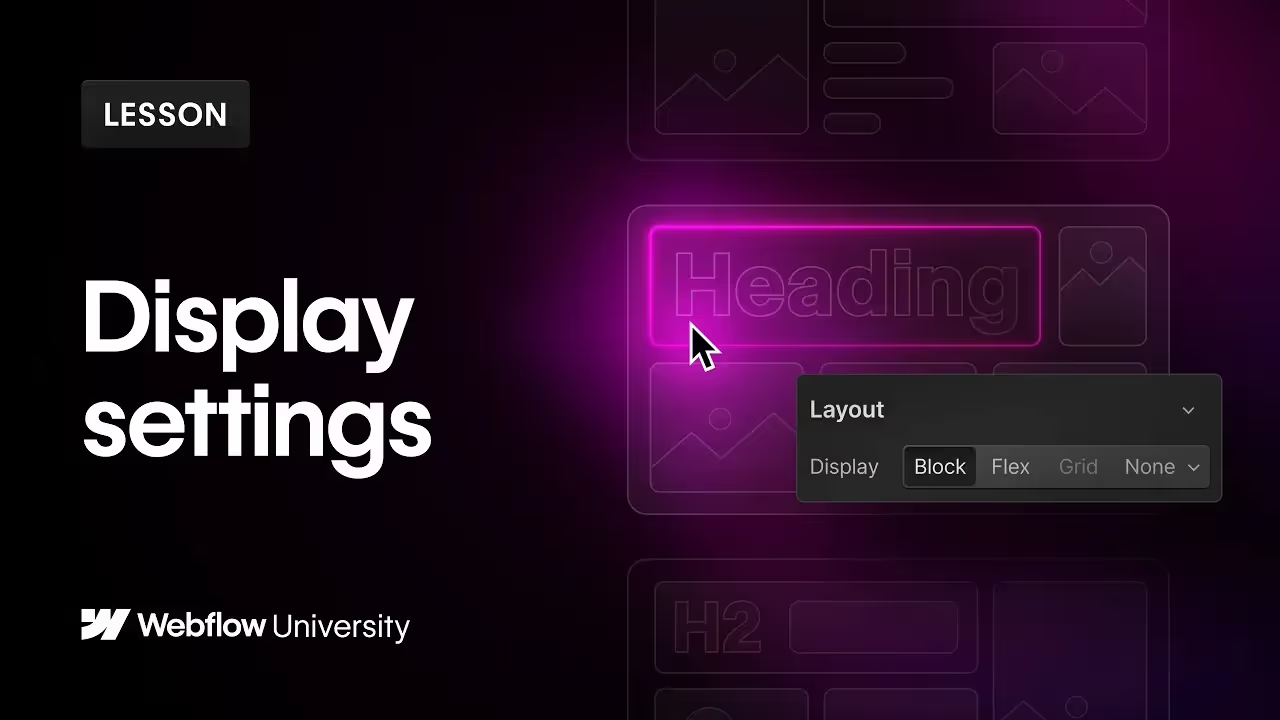
Learn more about the different Class Types in Webflow
Understand the nuances of Webflow class types to streamline your design process and create more maintainable projects.
Caleb Raney's guide clarifies the distinctions between various class types you will encounter in Webflow. Things like utility, global, component, custom, stacked, and combo classes. Each class type serves a unique purpose in Webflow projects, from quickly applying predefined styles to managing styles for specific components.
Understanding these distinctions helps in creating cleaner, more organized, and maintainable projects.
Key Takeaways:
- Utility Classes: Predefined styles for quick application, typically global and updatable.
- Global Classes: Styles applied site-wide for consistency.
- Component Classes: Specific to individual components or sections, not typically reused.
- Stacked Classes: Additional styles layered on existing classes, often utility or combo classes.
- Combo Classes: Custom styles applied to specific class combinations for fine-tuned control.



























